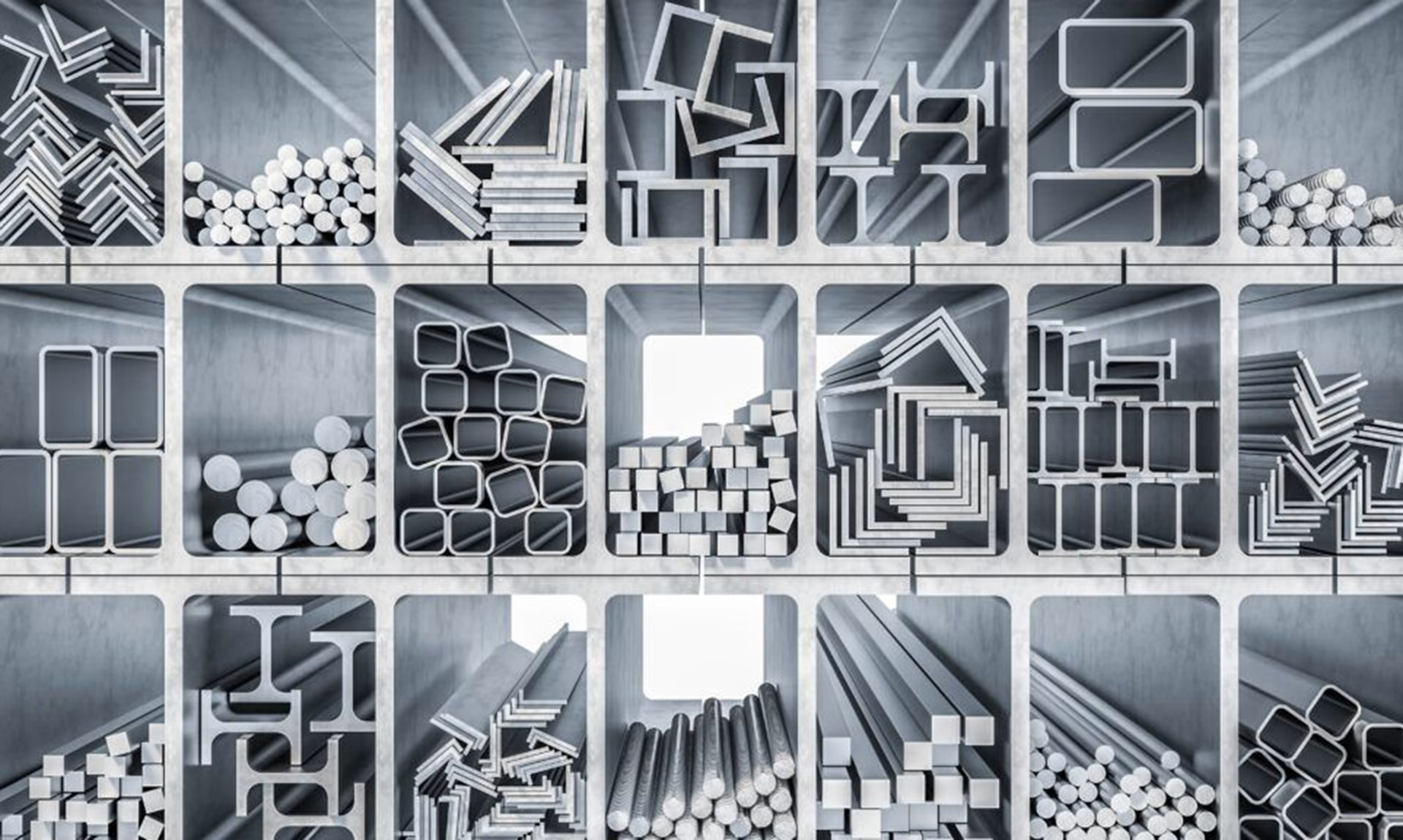From Timber to Aluminum: Europe’s Window and Door Manufacturers Unite at the National Level
While the European construction market becomes increasingly integrated through shared standards and sustainability goals, the window and door manufacturing industry continues to be organized and represented primarily at the national level. Across Europe, at least 15 countries have established formal national associations that support manufacturers of windows, doors, and building façades — coordinating technical expertise, industrial advocacy, and market development strategies.
These associations play a crucial role in the transition toward energy-efficient construction, digitalized product certification, and circular material flows. They represent companies operating in wood, aluminum, PVC, and steel systems, and often work closely with ministries of industry, standardization bodies, and research institutions in their respective countries.
Country-by-Country Landscape: Who Represents the Industry.
In addition, the United Kingdom, though no longer an EU member, continues to support its domestic window and door industry through professional associations such as the British Woodworking Federation (BWF), the Steel Window Association (SWA), and the Flat Glass Manufacturers’ Association (FGMA).
National Structures Over Pan-European Coordination.
Despite increasing efforts to align construction regulations across the EU, there is no single pan-European association that formally unites or represents all national organizations in this sector. Coordination on technical and regulatory topics often happens through standardization bodies (e.g., CEN, ISO) or ad hoc working groups at the European Commission level.
Each national association continues to focus on domestic market conditions, supporting its members with certification procedures, access to research and development, workforce training, and alignment with local construction regulations and subsidy programs.
A Sector Rooted in Regional Knowledge and Global Ambitions.
Europe’s window and door manufacturers remain vital to the green building transition, not only by developing energy-efficient solutions, but also by promoting locally adapted products that respect climatic, architectural, and regulatory diversity. While export-oriented markets like Poland, Germany, and Italy dominate in volume, many smaller countries contribute with specialized craftsmanship and innovation in materials, automation, and recyclability.
As buildings across Europe evolve toward zero-energy performance, the strength of national associations — rather than centralization — appears to be the key to maintaining both quality and competitiveness.
Share This Story
news via inbox
Your source for the latest news in the fenestration industry.




